Why sustainable restaurants in Hong Kong, Bali and elsewhere find it hard to go zero-waste completely

Sustainability in dining has become a philosophy and mantra passionately espoused by many in the restaurant industry, as many proudly proclaim their sustainable sourcing or “farm to table” menu.
However, from the perspective of a diner simply seeking to do the right thing by minimising his or her impact while still enjoying a great meal, the landscape can be daunting, the language confusing and the promises questionable.
Too mucha matcha? 6 of the weirdest green tea-flavoured foods
That is why it’s important to know which restaurants truly walk the walk, and also it’s key to hear from independent voices to avoid the risks of greenwashing and box-ticking. One such voice is the London-based NGO the Sustainable Restaurant Association, which is launching the Hong Kong chapter of Food Made Good, one of its initiatives, later this month. Chief executive Andrew Stephen does not mince his words: “Words [such as] local and seasonal, zero waste and plastic-free are scattered on menus and restaurant websites as liberally as croutons on a salad. Ever savvier diners tend to have a greenwash sensor and will sniff it out. It does the industry a disservice and the restaurant graveyard is full of businesses that got found out.”
The need to be environmentally restorative and socially progressive. Our framework provides restaurants 10 key areas in such diverse issues as provenance, efforts to minimise food waste and how tips are distributed among staff
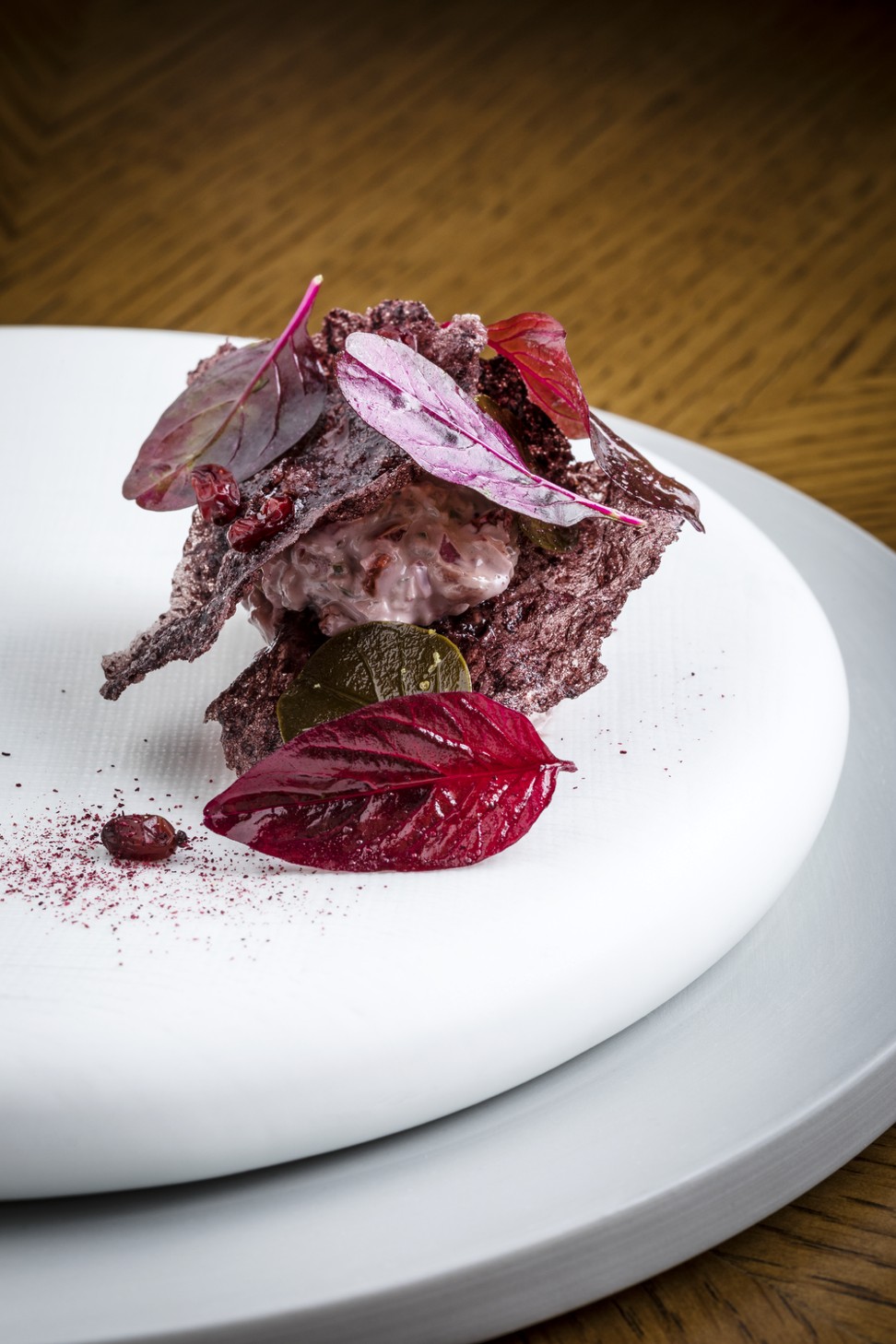
This naturally begs the question as to their barometer for truly sustainable restaurant operations. It’s a long list but includes: “The need to be environmentally restorative and socially progressive. Our framework provides restaurants 10 key areas in such diverse issues as provenance, efforts to minimise food waste and how tips are distributed among staff. We look for evidence of established policies, genuine staff engagement on each issue and clear examples of communicating their positive action.”
The next step is finding restaurants that truly really deliver on their sustainable promise. Closest to home sits two Michelin-starred Amber at the Landmark Mandarin Hong Kong, where culinary director Richard Ekkebus has recently forged an exciting new culinary direction for the acclaimed fine-dining room.
Where does laksa come from and how did it get its name?
The focus translates behind-the-scenes in myriad ways, although Amber has always had a leading edge when it comes to sustainability. The restaurant went plastic-free six years ago, long before the recent single-use movement gained momentum. For ingredient sourcing, Ekkebus says: “I said we wanted to source fish responsibly so I contacted WWF and we agreed that certain things would not be sourced or used, that we would look at calendars when fish were spawning, when it was not responsible to buy certain fish. That was 14 years ago. Then with water, when I saw for the first time what The French Laundry [was] doing, I thought that this is what we need. We cannot ship water from Tuscany around the world and vice versa. That doesn’t make sense.”

Awareness and activation around sustainability clearly runs in the Ekkebus DNA. “People are making dining decisions based on how are you as an operator, your carbon footprint. I have a 20-year-old son and a 33-year-old daughter, so I hear a lot from them. I get a lot of feedback on how they see the future,” he says.
Getting three Michelin stars already marks the pinnacle for any restaurant, but chef Eneko Atxa’s Azurmendi restaurant in Spain’s Basque region also holds the distinction of being formerly named the Most Sustainable Restaurant at the World’s 50 Best Restaurants awards.
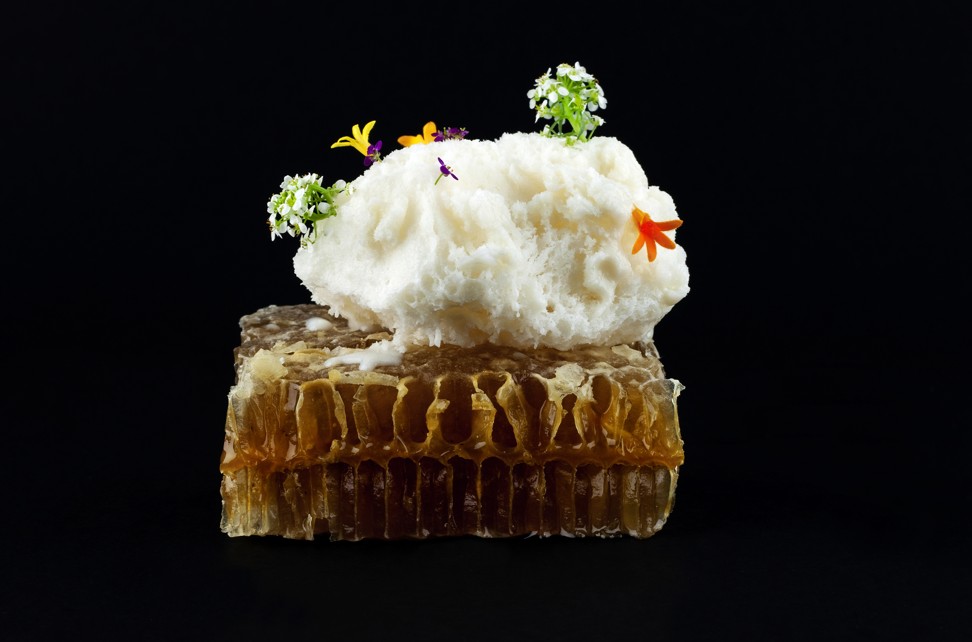
Its germoplasma bank holds more than 400 local seed varietals while the building is bioclimatic thanks to locally recycled materials and technology including geothermal and solar power.
All produce is local, all waste is composted and the restaurant team regularly takes part in community programmes.
People are making dining decisions based on how are you as an operator, your carbon footprint
Its famed cuisine promises “a seasonal experience for the five senses” across two menus called The Branches and The Roots, featuring dishes such as mussel infusion-Algue origami or Iberian Castañeta pork, Idiazabal cheese bonbon and mushroom whipped broth.
5 weird and wonderful Hong Kong hotpots to sate your craving
Away from the kitchen, however, again its mission runs deep. “We believe in a world where our responsibility is to work as guardians of the nature that surrounds us, and to protect it so that it may live on,” Atxa says.
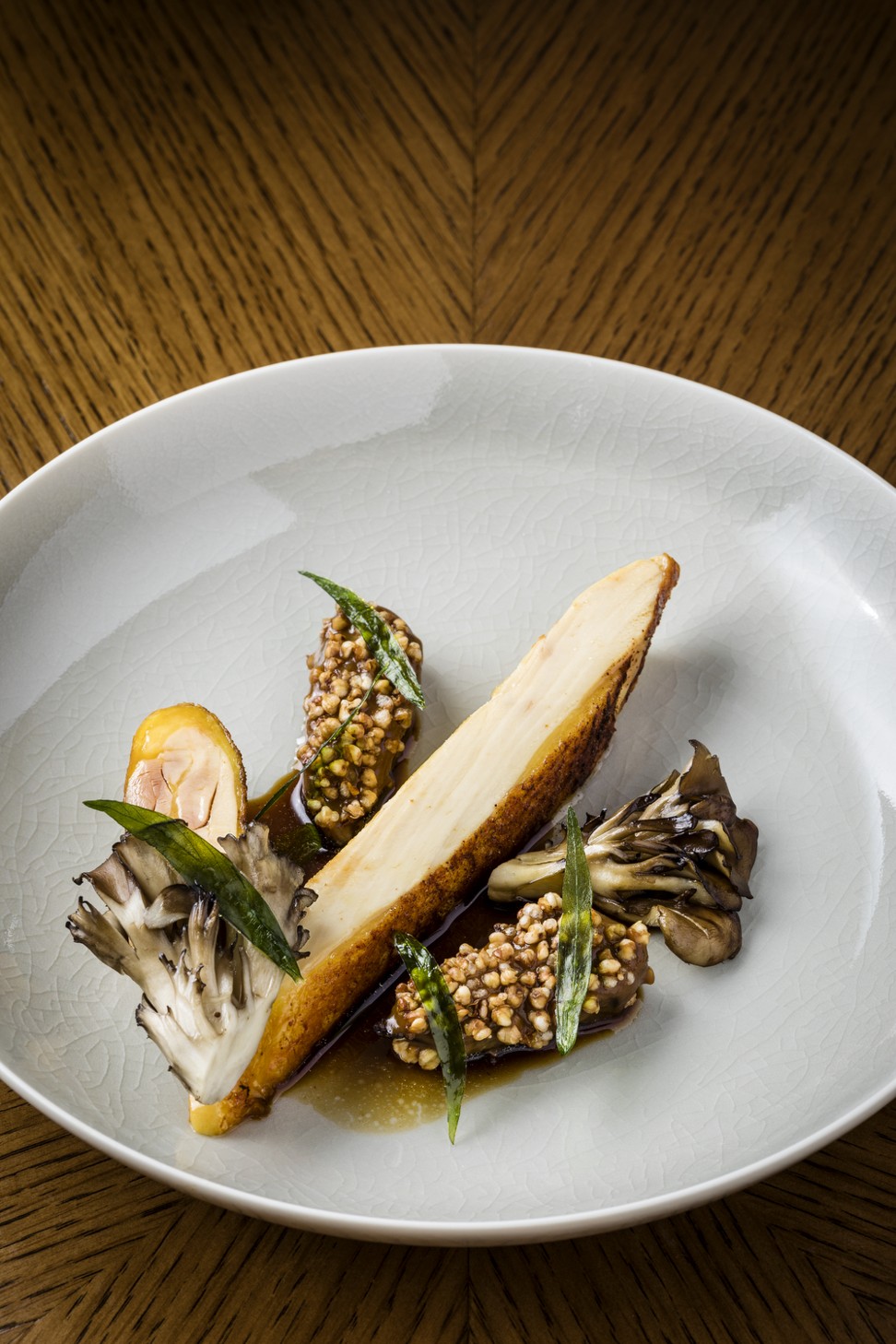
“We believe in cooperation and awareness in society in joint actions to safeguard and protect the environment. We clearly and emphatically advocate for a world of equality, where there are no distinctions between sex, origin, culture or age.”
Hong Kong’s Aqua Group launched a home-grown menu this autumn using new agricultural technology growing four non-indigenous herbs to create novel dishes.
5 healthy fine dining restaurants in Hong Kong
Finally, the picturesque and spiritual town of Ubud in Bali is the perfect home for a restaurant such as Locavore. It is home to chefs Eelke Plasmeijer and Ray Adriansyah, who in 2013 started to focus on produce from the rich volcanic soil of the Indonesian islands. Their philosophy also inspired their choice of restaurant name.
Today, Locavore’s two tasting menus, one vegetarian and the other with meat and fish, are both completely dairy and gluten-free. They also feature more than 95 per cent local produce. “We thought, ‘Who comes to Bali to eat salmon, scallops and foie gras?’ Most people can get better where they’re from,” says Plasmeijer.
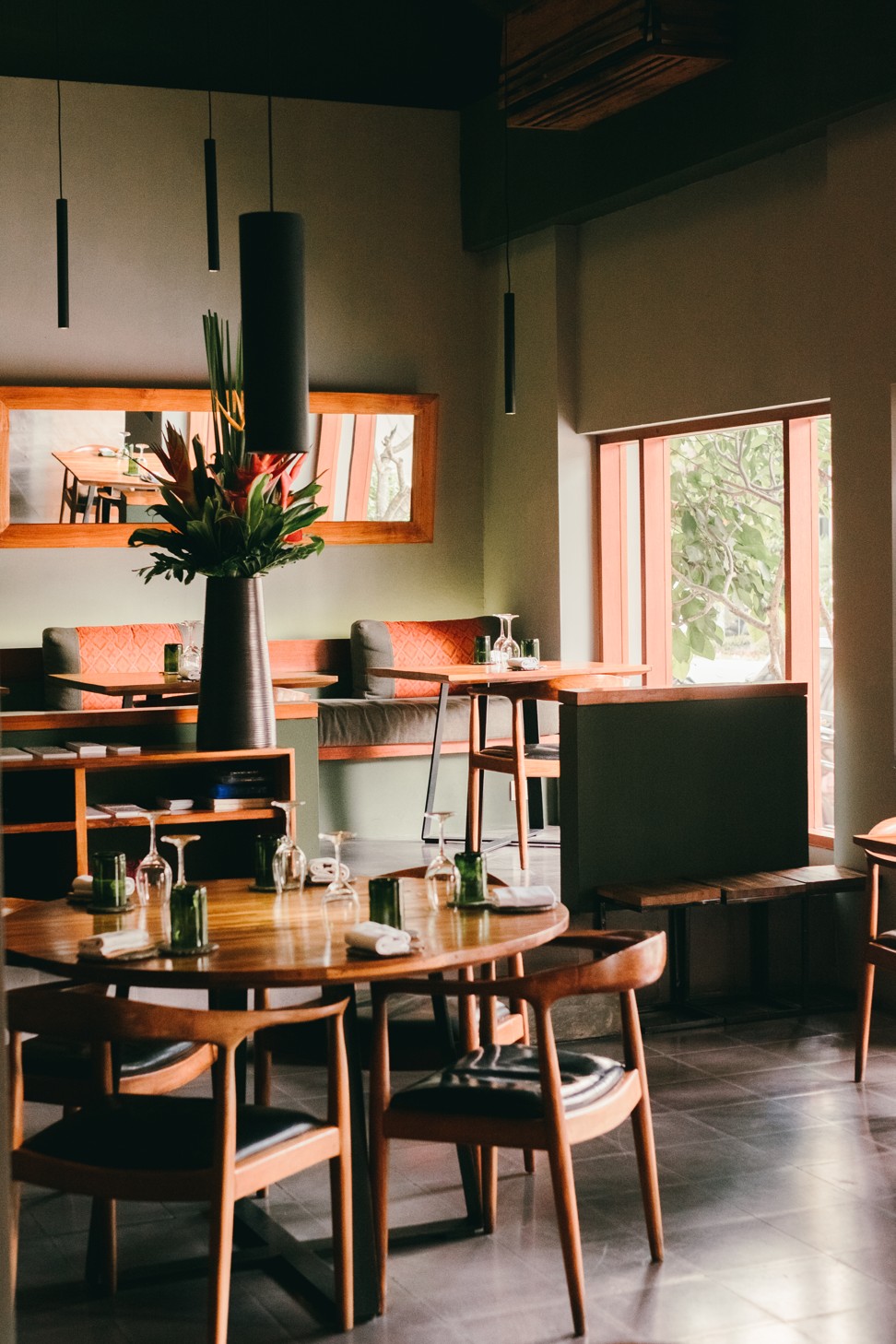
Among many innovative and groundbreaking initiatives, what they call “trash cooking” has especially taken off. It is part of their waste management manifesto where every leftover is used, meaning that food waste is composted or fed to pigs, citrus peels form the base of their detergents and stalks and stems help flavour herb salts. Leftover fish is turned into garum, a fermented umami-rich sauce.
Their extensive list of local producers and suppliers is then augmented by the “Jalan Jalan” project, where they encourage staff to visit different Indonesian islands to find new producers, forage and learn new techniques and recipes. While their efforts are industry-leading, Plasmeijer admits: “We are not a ‘perfect’ restaurant – we are sustainable, but I know how much better we can do.” This is a modest sentiment with which Stephen from the Sustainable Restaurant Association would empathise.
5 top spots in Kuala Lumpur for an immersive omakase meal
“After nearly a decade of assessing restaurants of all kinds, the SRA has yet to award one a score of 100 per cent, regardless of its price point, so we’d applaud the honesty of any chef who admitted that full sustainability wasn’t possible,” he says.
All this suggests that there is clearly a huge amount of work still to be done before anyone can claim to be truly sustainable.
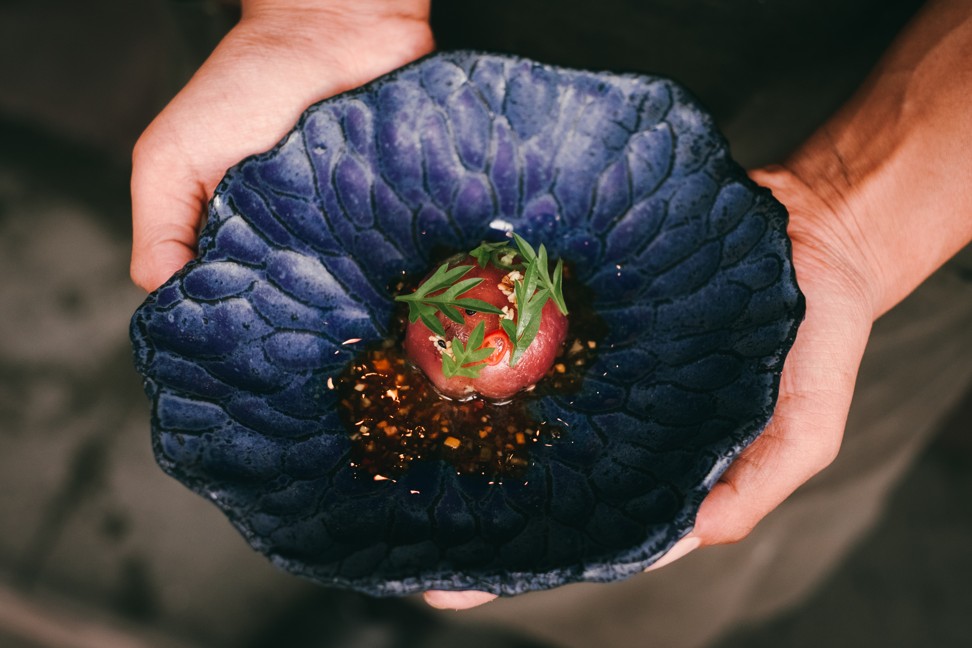
Role Models:
1. Nectar, Hong Kong: Peggy Chan’s groundbreaking plant-based cuisine goes from strength to strength in a new incarnation at Nectar.
2. Wild Carrot, Four Seasons Hampshire, UK: an elegant 18th century manor house defines British seasonal produce.
3. Septime, Paris: 99 per cent of its produce is French – only coffee, sugar, vanilla and some citrus fruits are the exception.
4. MIL, Lima: Virgilio Martinez (of Hong Kong’s Ichu) owns this research hotspot in Peru’s Sacred Valley.
5. Ensue, Shenzhen: Michelin-starred Christopher Kostow’s elegant dining room comes with seriously sustainable heritage from his restaurant Meadowwood in Napa.
6. Blue Hill at Stone Barns, New York: Dan Barber’s famed farmstead has some of the US’ finest sustainability credentials.
7. Narisawa, Tokyo: Dishes inspired by different ecosystems are backed by impeccable sourcing and zero wastage.
Want more stories like this? Sign up here. Follow STYLE on Facebook, Instagram, YouTube and Twitter .

Although famed chefs and restaurants, including Amber’s Richard Ekkebus in Hong Kong, are making strides, many find becoming ‘zero-waste’ incredibly difficult